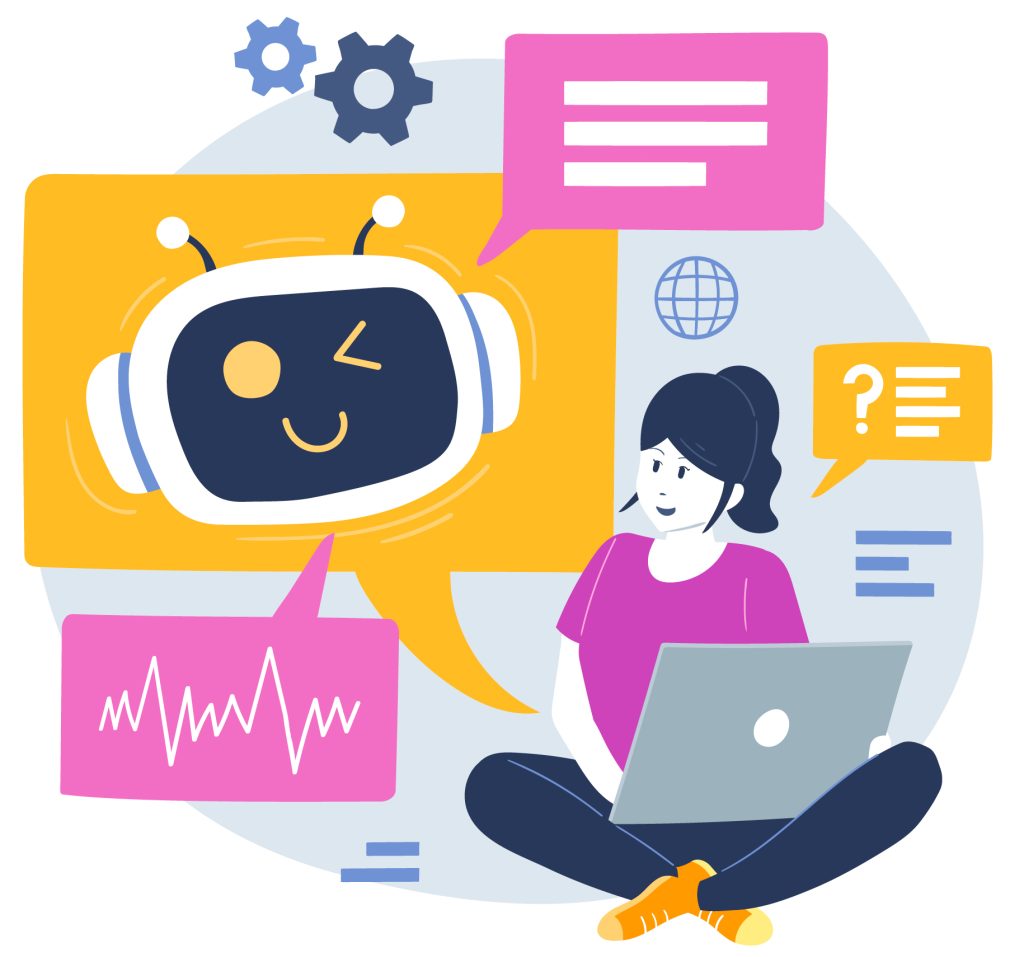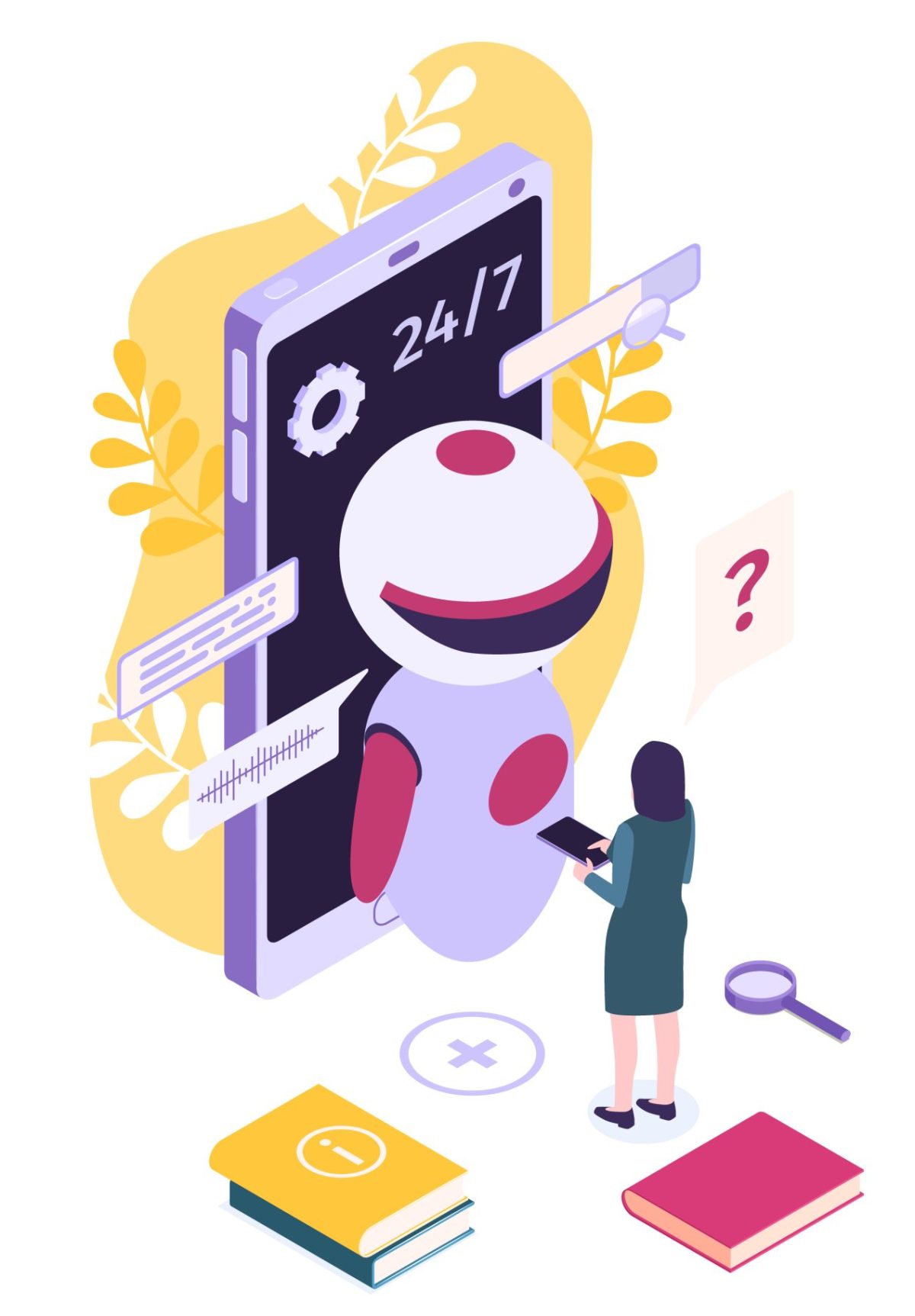Delivering consistent, high-quality customer support is one of the most important competitive advantages an SME can build. However, keeping support teams aligned on goals, especially across multiple channels, shifts, and time zones, can be a significant challenge. AI prompt strategies are a practical and low-overhead way to support your team’s performance, guide improvement, and define measurable outcomes that matter to both the business and its customers. This blog explores 10 AI prompts for customer support operations and empowers your team to set and achieve meaningful goals.
Why Use AI for Goal Setting in Customer Support?
Customer support teams often work under tight deadlines and emotional pressure. Without structured goals, it’s easy to fall into a reactive cycle, responding to issues without improving processes. AI-powered prompts help break that cycle by encouraging support leaders to define proactive, achievable goals that directly influence key metrics like resolution speed, CSAT, and team morale. When you use AI to assist in goal setting, you give your team a clear direction based on trends, not guesswork.
10 AI Prompts for Customer Support Teams
Each of the following prompts helps SMEs transform support performance into measurable, team-aligned goals.
1. Set Weekly Ticket Resolution Targets
Prompt: “Based on last month’s volume, create a SMART goal for weekly ticket resolution across the team.”
Example Output: Resolve 90% of incoming tickets within 48 hours each week by streamlining tagging rules and auto-routing high-priority tickets.
Why this is useful: Sets a performance benchmark and encourages efficiency improvements without overloading agents.
2. Improve First Response Time
Prompt: “Analyse current response times and set a goal to improve first reply rates in the next 30 days.”
Example Output: Reduce average first response time from 12 hours to 6 hours by implementing quick replies to templates and assigning overflow tickets during peak hours.
Why this is useful: Faster responses improve customer trust and ease escalation of pressure.
3. STANDARDISE ESCALATION PROCEDURES
Prompt: “Create a team goal to improve issue escalation handling for complex tickets.”
Example Output: Ensure 100% of Tier 1 agents escalate unresolved technical issues within 2 hours using the internal escalation form and Slack tagging protocol.
Why this is useful: Reduces internal delays and ensures timely resolution for customers with critical issues.
4. Enhance Customer Satisfaction Scores (CSAT)
Prompt: “Generate a team goal to increase CSAT ratings over the next quarter.”
Example Output: Increase average CSAT score from 78% to 90% by improving tone of responses, offering faster resolutions, and asking for post-chat feedback consistently.
Why this is useful: Directly aligns support behavior with customer satisfaction and loyalty.
5. Reduce Repeat Contact Rates
Prompt: “Set a goal to reduce the number of customers reaching out more than once for the same issue.”
Example Output: Reduce repeat contact rate from 18% to 10% by implementing clearer knowledge base links in initial responses and training agents on solution confirmation best practices.
Why this is useful: Increases resolution quality and improves team efficiency.
 6. Improve Use of the Internal Knowledge Base
6. Improve Use of the Internal Knowledge Base
Prompt: “Create a goal to increase usage of internal documentation during support interactions.”
Example Output: Achieve 95% documented solution usage rate by training agents to refer to the knowledge base before submitting internal help requests.
Why this is useful: Encourages self-sufficiency and faster ticket resolution.
7. Train New Hires Faster
Prompt: “Generate a goal to reduce onboarding time for new support agents.”
Example Output: Decrease onboarding time from 3 weeks to 2 weeks by using roleplay simulations and pre-built response libraries for common queries.
Why this is useful: Accelerates productivity and reduces strain on senior agents.
8. Improve Support Quality Reviews
Prompt: “Set a QA goal to review a minimum number of support conversations per agent each week.”
Example Output: QA leads will review 5 conversations per agent weekly and provide written feedback, with a goal of improving overall review scores by 15% within a month.
Why this is useful: Drives continuous improvement and coaching opportunities.
9. Align Support with Product Feedback
Prompt: “Generate a goal to identify common product feedback themes and report findings monthly.”
Example Output: Support team to submit a monthly summary of top 3 recurring feedback themes and suggest one product improvement per quarter based on customer insights.
Why this is useful: Turns support into a strategic function that informs product and UX decisions.
10. Minimise Agent Burnout
Prompt: “Create a well-being goal for the support team to prevent burnout and improve morale.”
Example Output: Introduce rotating offline hours for deep work and weekly check-ins to reduce emotional fatigue and improve engagement scores by 20%.
Why this is useful: Healthy teams perform better and deliver more empathetic support.
 Example Output of AI-Generated Goal Setting
Example Output of AI-Generated Goal Setting
Scenario: An SME customer support team wants to improve both resolution speed and customer satisfaction without adding a new headcount.
Prompt: “Generate a two-part team goal to improve resolution time and CSAT over the next 30 days.”
AI Output: Team Goal: Resolve 90% of tickets within 48 hours while raising CSAT from 82% to 90% by using response templates, triaging urgent tickets, and improving closure summaries for each interaction.
Why this is useful: This gives the team a dual focus, efficiency and satisfaction, along with tactical steps for implementation.
How Stratpilot Helps Support Teams Set Smarter Goals
Stratpilot empowers SME support teams to build structured, achievable service goals with ease. By offering customizable prompt templates and planning workspaces, Stratpilot helps teams define service-level benchmarks and improve collaboration, all from a central interface. It’s a strategic thinking assistant designed to guide your team toward outcomes that matter.
Build a Smarter Support Strategy Without Guesswork
Book a demo for Stratpilot today and equip your customer support team with AI-assisted goal planning. Whether you’re refining response times or aligning service KPIs, Stratpilot helps you stay focused, proactive, and agile.
Frequently Asked Questions (FAQs)
Q: Do these AI prompts require customer support automation tools?
No. These prompts work independently of any automation system. You can use them to improve your current support processes manually or integrate them into your team’s weekly planning.
Q: What makes these prompts effective for small teams?
Each prompt is crafted to be actionable, specific, and measurable. This helps small teams prioritise what matters most, without needing large-scale systems or dashboards.
Q: Can I create department-specific prompts in Stratpilot?
Yes. Stratpilot allows you to create and reuse prompts tailored to different departments, such as support, sales, product, or HR, so you can align each team with relevant goals.





